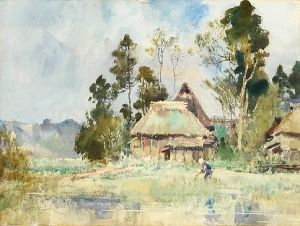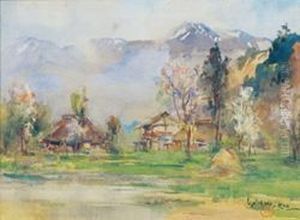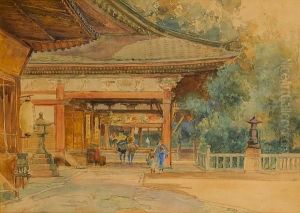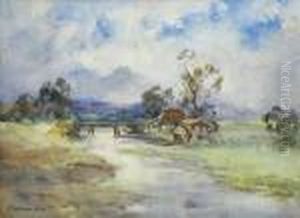Ishikawa Kin'Ichiro Paintings
Ishikawa Kin'Ichiro was a Japanese artist and educator, known for his contributions to the development of modern art education in Japan and his unique approach to Western-style painting. Born in 1871, in the midst of Japan's Meiji Restoration, Ishikawa's artistic journey was influenced by the country's rapid modernization and cultural shifts towards Westernization. He studied art under the guidance of influential Western-style painters and educators, which shaped his perspective on art and its teaching methods. Ishikawa's career was marked by his dedication to art education. He believed in the importance of integrating Western artistic techniques with traditional Japanese aesthetics. This approach led him to play a pivotal role in the establishment of art education institutions in Japan, where he advocated for a curriculum that balanced Eastern and Western art principles. His teachings emphasized the significance of observing nature and the human form, a principle that resonated with both traditional Japanese art and Western realism. Throughout his life, Ishikawa Kin'Ichiro also engaged in creating his own artworks, which often reflected his educational philosophies. His paintings showcased a blend of Western techniques and Japanese sensibilities, making him a notable figure in the transition period of Japanese art. Despite facing challenges due to the changing art scene and the political climate of the time, Ishikawa remained committed to his vision of fostering a new generation of Japanese artists who were well-versed in both local and global art traditions. Ishikawa Kin'Ichiro's legacy in the field of art education and his contributions to the modern art movement in Japan are remembered to this day. He passed away in 1945, leaving behind a rich legacy that continues to influence Japanese art education and the appreciation of cross-cultural artistic integration.
















